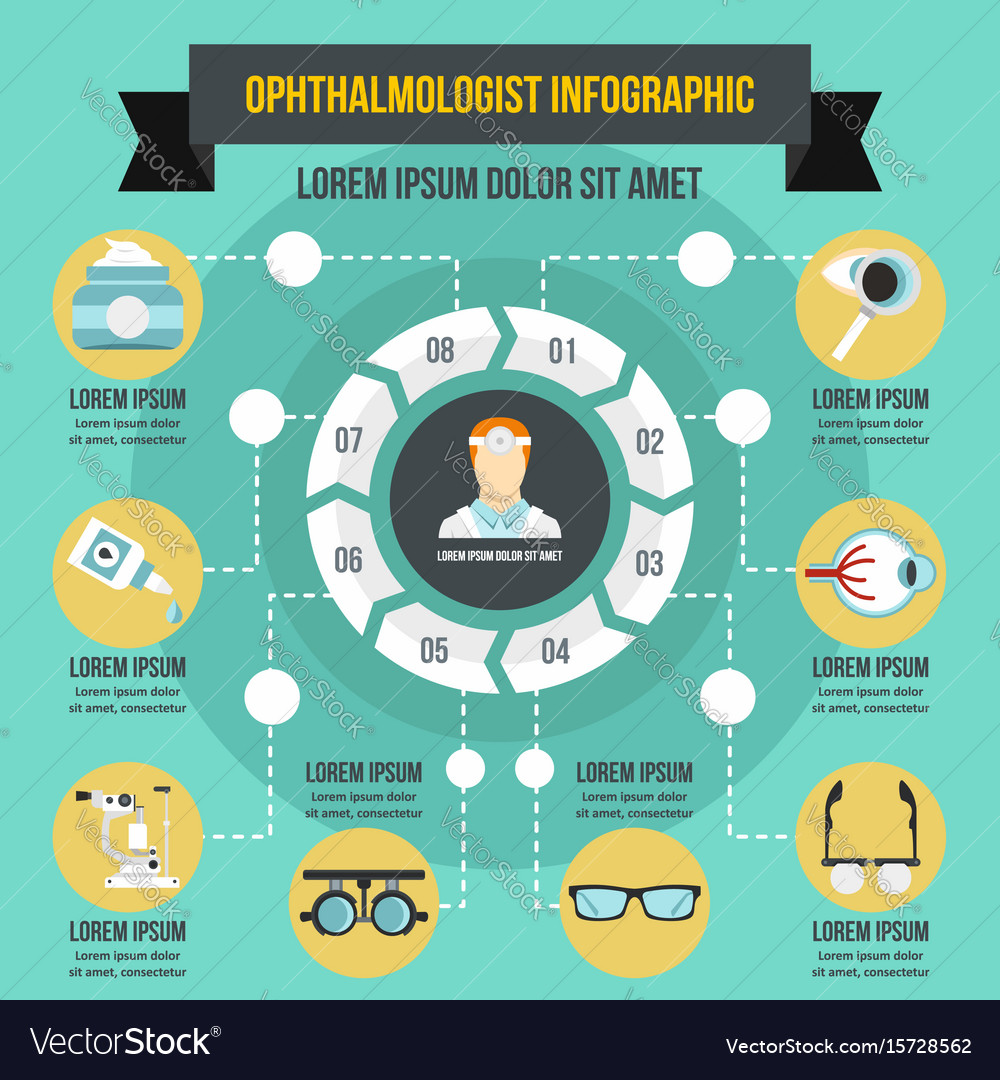What Is SMILE Eye Surgical Treatment? Actions, Benefits, Dangers, And Healing Information

Content Writer-Gissel McQueen
If you're thinking about vision improvement alternatives, SMILE eye surgical procedure could be on your radar. This innovative treatment includes developing a tiny lenticule in the cornea to deal with nearsightedness and astigmatism. Unlike traditional LASIK, it's much less invasive and promises quicker healing. Nevertheless, while there are substantial benefits, there are also threats involved. Recognizing both facets can assist you make an informed decision about your eye health. What's SMILE Procedure Experience Vs LASIK like, and what should you anticipate?
Understanding the SMILE Procedure
The SMILE treatment, or Little Cut Lenticule Removal, is a minimally intrusive eye surgery designed to remedy vision problems like nearsightedness and astigmatism.
During this treatment, a laser produces a little lenticule, or lens-shaped tissue, within the cornea. You will not need any kind of stitches, as the tiny incision permits a quick healing.
The cosmetic surgeon then removes the lenticule via this tiny cut, improving your cornea to boost your vision. Unlike standard LASIK, SMILE does not require the development of a huge flap, which can bring about less problems.
You'll discover that this method is much less disruptive to the corneal structure, possibly improving stability. Comprehending the procedure aids you feel extra positive as you consider your alternatives for vision modification.
Conveniences of SMILE Eye Surgery
While taking into consideration vision adjustment choices, you might locate that SMILE eye surgery offers several engaging benefits.
Initially, it's minimally intrusive, needing just a little cut, which means less disturbance to your eye framework. This results in quicker recovery times and much less pain contrasted to typical LASIK.
You'll likewise value its precision; SMILE utilizes advanced laser modern technology to reshape the cornea, providing excellent results for nearsightedness and astigmatism.
In addition, lots of people report improved visual high quality, with less circumstances of glare or halos. Considering that there's no demand for a corneal flap, your eyes stay extra stable post-surgery.
Lastly, the treatment typically takes simply a few minutes, allowing you to return to your day-to-day tasks quicker than with other approaches.
Prospective Threats and Healing Refine
Although SMILE eye surgery is normally safe, it is necessary to be aware of prospective threats that can emerge throughout or after the treatment. Some people may experience short-term negative effects like dry eyes, glow, or halos around lights.
In rare cases, problems such as infection, vision loss, or the demand for additional surgical procedure can take place.
Recuperation usually includes a couple of days off and preventing laborious tasks. You should follow your doctor's post-operative instructions carefully, including utilizing recommended eye drops and going to follow-up appointments.
Numerous patients observe boosted vision within a few days, however complete healing can take weeks. Remaining person and providing your eyes time to recover is vital for the best end result.
Final thought
In conclusion, SMILE eye surgical procedure uses a contemporary, minimally intrusive alternative for correcting nearsightedness and astigmatism. With its quicker recuperation time and reduced discomfort, it's an appealing option for lots of. Nonetheless, Minimally Invasive Vision Correction Benefits Patient Reviews to weigh the prospective risks against the benefits. By staying informed and complying with post-operative care, you can optimize your chances of a successful result. If you're considering this treatment, consult with your eye treatment specialist to identify if it's right for you.

